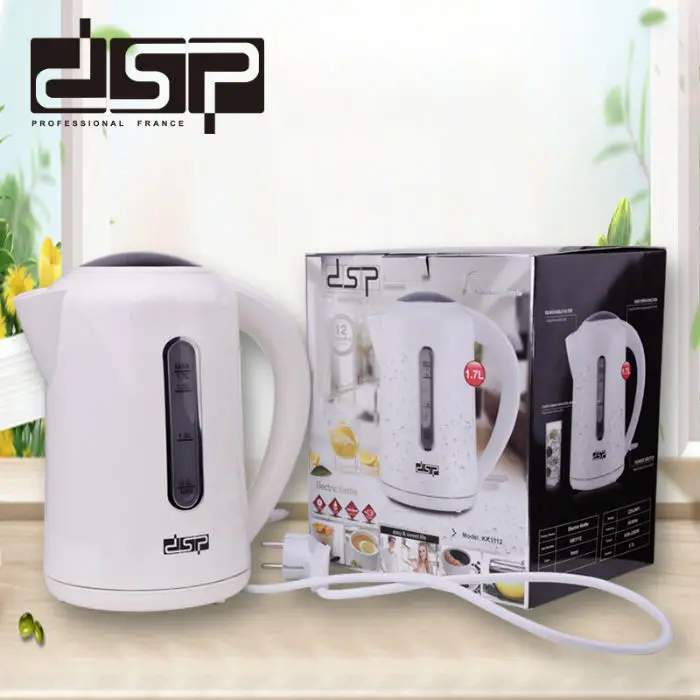


- RENOISE QUICKLY TURN OFF ALL DSP HOW TO
- RENOISE QUICKLY TURN OFF ALL DSP MANUAL
- RENOISE QUICKLY TURN OFF ALL DSP FULL
For the full changelog, see here Before you spend a lot of time figuring out if feature XYZ is missing or not, here is a short list of things that the Duplex framework isn’t currently capable of supporting, but is planned for future inclusion: Keep in mind, though, that nothing comes close to the Renoise forum when dealing with actual support and helpful advice.ĭevelopment roadmap Historically, Duplex was first introduced along with scripting in Renoise v2.6, and have since been updated with numerous new features, applications and devices.
RENOISE QUICKLY TURN OFF ALL DSP MANUAL
But no matter the experience level, the manual should help to explain the basics, and point you in the right direction. This manual is primarily aimed at users who are new with Duplex (beginners), as well as advanced users who want to modify or customize their setups (experts). To make things more organized, the available information is divided into “experience levels” Intended audience This manual is explaining Duplex in broad terms to begin with, gradually becoming more technical. The official version, however, is maintained by the Renoise team. Since Duplex is written entirely using the Renoise API, anyone can extend and modify it.

Duplex is a standard Renoise tool (xrnx), can be downloaded from, and installed by dragging the file onto the Renoise application. It greatly simplifies tasks like creating sliders from buttons, or setting the LED lights on your controller using standard RGB values, and in addition it will automatically perform background tasks such as optimizing outgoing communication (to make controllers more responsive), etc. As a script author, using the Duplex framework can assist in creating programs that are adaptable for a wide range of hardware. In practice, this will ensure that your controller is always in sync with Renoise, no matter what you do - something which is not possible with the native MIDI-mapping capabilities of Renoise. What makes Duplex special is the strong focus on bi-directional communication. The applications range from controlling basic aspects of the Renoise application (like Mixer, DSP chains, Pattern Matrix), to more adventurous applications like sequencers and performance tools. “dubious techniques” Control-map reference: Group attributes Control-map reference: Parameter attributes Chapter 6: The device configuration Dissecting an actual device-configuration Device-config: application mappings Device-config: application options Device-config: application palette Appendix A: Common questions and answers Appendix B: Technical info Appendix C: Links and resourcesĬhapter 1: Introduction What is Duplex? Duplex is a collection of scripts that control various aspects of Renoise with plug-and-play support for a wide range of hardware.
RENOISE QUICKLY TURN OFF ALL DSP HOW TO
Table of contents Chapter 1: Introduction What is Duplex? Intended audience Development roadmap Chapter 2: The front-end The tool menu The browser The options dialog Chapter 3: Bundled applications Shared feature: paged navigation Applications A-Z Chapter 4: Device support Using your device with Duplex Supporting a new device Troubleshooting devices Chapter 5: Working with control-maps A basic example Controlling the layout : columns and rows How to split a control-map into separate groups Hacking the control-map, a.k.a. Duplex : MIDI/OSC controller framework for Renoise This manual is valid for Duplex v0.98


 0 kommentar(er)
0 kommentar(er)
